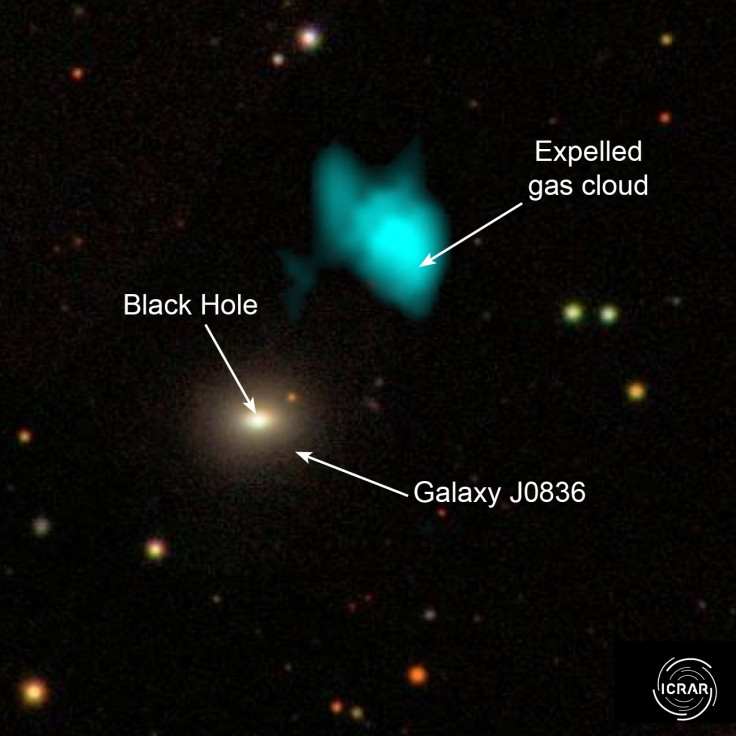Space: Some galaxies live and die on the fast lane ejecting gas very early

Galaxies can die early in less than two billion years when the gas they need to make new stars is suddenly ejected, new research suggests.
Most galaxies stop growing when they run out of raw materials over billions of years. However, some galaxies seem to die young when they shoot out the gas they need early on.
Why the gas is expelled so early is not understood. "One possibility is that it could be blown out by the galaxy's supermassive black hole," says astrophysicist Ivy Wong, from the University of Western Australia node of the International Centre for Radio Astronomy Research (ICRAR).
Another possibility is that the gas is ripped out by a neighbouring galaxy, although the galaxies studied were all isolated and did not have close neighbours.
Dr Wong and her colleagues looked at four galaxies on the cusp of their star formation shutting down, each at a different stage in the transition.
The galaxies had expelled most of their gas.
Dying galaxies are not expected to have any gas left to see.
The scientists now hope to use powerful telescopes to conduct a larger survey and study the sudden shutdown in star formation.
Swiss Federal Institute of Technology Professor Kevin Schawinski said the researchers predicted that the galaxies had to rapidly lose their gas to explain their fast deaths. "We selected four galaxies right at the time where this gas ejection should be occurring," he said. "It was amazing to see that this is exactly what happens!"
There are two main types of galaxies; 'blue' galaxies that are still actively making new stars and 'red' galaxies that have stopped growing.
Most galaxies transition from blue to 'red and dead' slowly after two billion years or more.
Early galaxies are very dusty and this dust plays a major role in the evolution of galaxies. In the early Universe most of the dust must have come from supernovas or explosive deaths of stars.
The study appeared in the journal Monthly Notices of the Royal Astronomical Society, published by Oxford University Press.
© Copyright IBTimes 2025. All rights reserved.





















